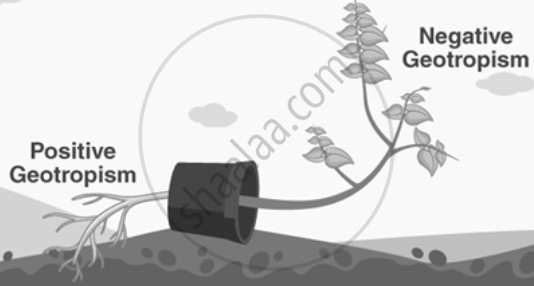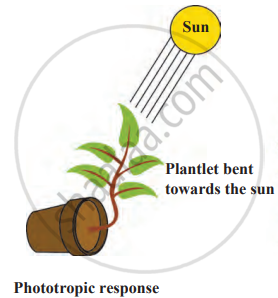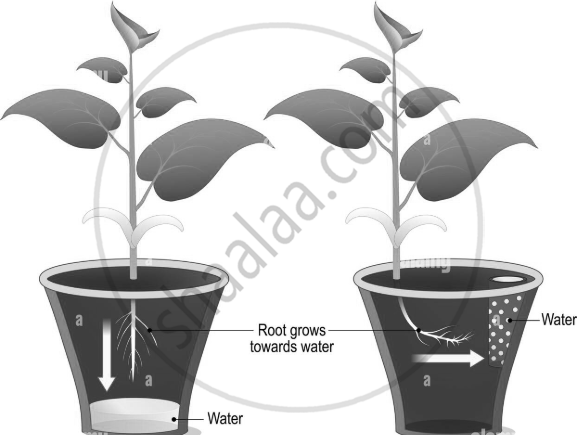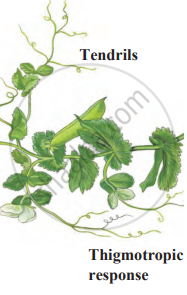Topics
Heredity and Evolution
- Heredity or Inheritance
- Protein Synthesis
- Transcription, Translation and Translocation
- Protein Synthesis
- Protein Synthesis
- Organic Evolution
- Theories of Origin of Life
- Evolution and Classiffication
- Evidences for Biological Evolution
- Darwinism
- Lamarck’s Theory of Evolution
- Speciation
- Human Evolution
Life Processes in Living Organisms Part -1
- Living Organisms and Life Processes
- Living Organism and Energy Production
- Formation of ATP
- Energy Production in Living Organism
- Cell Division: an Essential Life Process
- Mitosis and Its Phases
- Phases of Mitosis: Karyokinesis (Division of Nucleus)
- Phases of Mitosis: Cytokinesis (Division of Cytoplasm)
- Significance of Mitosis
- Meiosis as a Reduction Division
- Stages of Meiosis: Meiosis I
- Stages of Meiosis: Meiosis II
- Significance of Meiosis
- Differences Between Mitosis and Meiosis
Life Processes in Living Organisms Part - 2
- Introduction to Life Processes in Living Organisms
- Asexual Reproduction in Animal
- Fission
- Fragmentation
- Regeneration
- Budding
- Sporulation (Sporogenesis)
- Asexual Reproduction in Plant
- Budding
- Vegetative Reproduction
- Reproduction
- Sexual Reproduction in Flowering Plants
- Sexual Reproduction in Animals
- Human Reproduction
- The Male Reproductive System
- The Female Reproductive System
- Gametogenesis
- Fertilization in Human
- Embryonic Development in Human
- Implantation in Human
- Pregnancy in Humans
- Placenta (Growth) in Human
- Parturition (Birth) in Human
- Menstrual Cycle (Ovarian Cycle)
- Reproduction and Modern Technology
- Reproductive Health
Environmental Management
- Our needs and the Environment
- Ecosystem
- Structure and function of an Ecosystem
- Relationship Between Environment and Ecosystem
- Environmental Balance
- Environmental Conservation
- Environmental Conservation and Biodiversity
- Endangered Species
Towards Green Energy
- Energy and Use of Energy
- Generation of Electrical Energy
- Heat Energy (Thermal Energy)
- Nuclear Energy
- Natural Gas Energy
- Electric Energy Generation and Environment
- Hydroelectric Energy
- Wind Energy
- Solar Energy
- Solar Energy
Animal Classification
- Biological Classification
- Classification of Living Organisms
- Taxonomic Hierarchy of Living Organisms: Unit of Classification
- New Criteria for Basis of Classification
- History of Animal Classification
- Traditional Method of Animal Classification
- Five Kingdom Classification
- Phylum: Porifera
- Phylum: Cnidaria/Coelenterata
- Phylum: Platyhelminthes
- Phylum: Aschelminthes
- Phylum: Annelida
- Phylum: Arthropoda
- Phylum: Mollusca
- Phylum: Echinodermata
- Phylum: Hemichordata
- Phylum: Chordata
- Kingdom Animalia
- Chordata: Vertebrata
Introduction to Microbiology
- Microorganisms (Microbes) and Microbiology
- Applied Microbiology
- Industrial Microbiology
- Useful micro-organisms
Cell Biology and Biotechnology
- Cell Biology (Cytology)
- Stem Cells
- Organ Transplantation
- Organ and Body Donation
- Biotechnology
- Commercial Applications of Biotechnology
- Modern Agricultural Practices and Crop Improvement
- Important Stages in Agricultural Development
Social Health
- Social Health
- Factors Disturbing the Social Health
- Communication Media and Excessive Use of Modern Technology
- Stress Management
Disaster Management
- Disaster
- Effects of Disaster
- Nature and Scope of Disaster
- Disaster Management
- Classification of Disaster Management
- Disaster Management Cycle
- Structure of Disaster Management Authority
- First Aid and Emergency Action
- Mock Drill
Life's Internal Secrets
The Regulators of Life
- Coordination in Plants - Introduction
- Control and Co-ordination in Plants
- Human Nervous System
- Central Nervous System (CNS)
- Chemical Control
The Life Cycle
Mapping Our Genes
Striving for Better Environment 2
- Use of Efficient and Eco-friendly Technology
- Sustainable Use of Resources
- Enforcement of Acts, Laws and Policies
Understanding Metals and Non-Metals
Amazing World of Carbon Compounds
- Introduction
- Tropic Movement
- Nastic Movement
Introduction:
Coordination is the ability to use different parts of the plant together, smoothly and efficiently. In plants, coordination is due to the result of a chemical system, wherein plant hormones or phytohormones have a major role.
Plants exhibit two types of movements:
- Growth-relevant movements are called the Tropic Movements. (towards or away from a stimulus)
- Growth-irrelevant movements are called the Nastic Movements. (independent of stimulus)
Tropic Movement:
Movement or growth of any part of the plant in response to an external stimulus is called ‘tropism’ or ‘tropic movement.’
| 1. Geotropic or Gravitropic movement: The growth in a plant part in response to the gravity is called geotropic movement. Roots usually show positive geotropic movement, i.e., they grow in the direction of gravity. Stems usually show negative geotropic movement. |  |
| 2. Phototropic Movement: The growth in a plant part in response to light is called phototropic movement. Stems usually show positive phototropic movement, while roots usually show negative phototropic movement. |  |
| 3. Hydrotropic Movement: When roots grow in the soil, they usually grow towards the nearest source of water. This shows a positive hydrotropic movement. |  |
| 4. Thigmotropism Movement: The growth in a plant part in response to touch is called thigmotropism movement. Such movements are seen in the tendrils of climbers. |  |
| 5. Chemotropic Movement: Movement shown by plants in response to specific chemicals is called ‘chemotropic movement’. A classic example of this type of movement is the growth of the pollen tube towards the ovule during fertilisation in a flower. |  |
All the above-mentioned movements of plants are related to growth; hence, all such movements are collectively called 'growth-relevant movements’.
Nastic Movement:
Nastic movements in plants are not directional movements. They are not dependent on stimulus and are ‘growth-irrelevant movements’. For example, the leaves of a touch-me-not plant (Mimosa pudica) fold up immediately when touched. These kinds of changes occur due to the changes in the amount of water in the leaves. Depending on the quantity, they either swell up or shrink. Plants use electrochemical impulses for the transfer of information from one place to another. Plant cells change their shape by increasing or decreasing their water content and thereby bring about the movements of plants. As a response to changes in the surroundings, plant hormones bring about various movements in plants.
Plant hormones are chemicals that help to coordinate growth, development and responses to the environment. Main plant hormones are
- Auxin: (Synthesised at the shoot tip).
Function: Helps in growth.
Phototropism: more growth of cells towards the light. - Gibberellin: Helps in the growth of the stem.
- Cytokinins: Promotes cell division.
- Abscisic acid: Inhibits growth, causes wilting of leaves. (Stress hormone)
Adaptations in Plants for Survival and Reproduction:
- In the plant called the Venus flytrap, there is a trap that appears and smells like flowers and deceives insects. When an insect visits that flower-like trap, the trap closes up and the trapped insect is digested by the plant.
- The lotus flower opens during the daytime, while that of the tuberose (Polyanthus) opens at night.
- Fibrils present on the leaves of the insectivorous plant Drosera bend inwards as soon as an insect lands on the leaves and surround the insect from all sides.
- In Balsam, the ripened fruit dehisces (bursts open) at the right time to disperse the seeds.

Various plants
